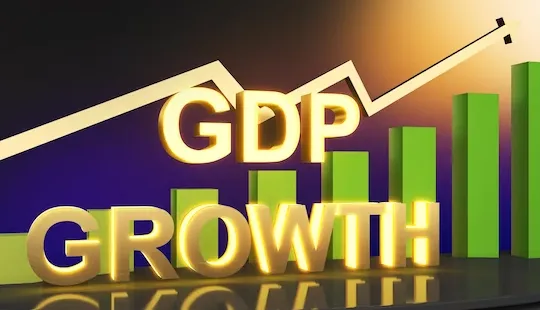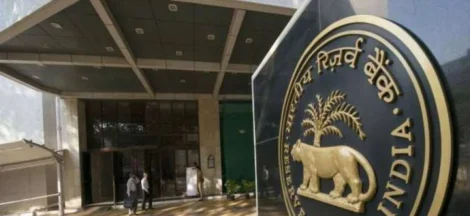MUMBAI: High interest rates and fiscal consolidation have contributed to slower economic growth for India in the current financial year (FY25) so far. India’s real gross domestic product (GDP) is likely to move closer to trend growth of 6.5-7 per cent this year, CRISIL said in its insight report — Why growth is moving to trend after the pandemic swings — released on Monday.
Some technical factors such as net product taxes and the GDP deflator have also disrupted the GDP’s trajectory.
The main macro drivers remain healthy. Private consumption growth has fared better than last year in the first half of FY25. While investment growth has moderated relative to last year, its share of GDP remains higher than the pre-pandemic decade.
The Reserve Bank of India (RBI) and the Union government have been on different pages on the interest rate issue. While the government is batting for making the interest rate “affordable”, the central bank has kept the repo rate on hold in view of retail inflation staying high.
The government has been steadfast in improving fiscal health. It has targeted gross fiscal deficit at 4.9 per cent of GDP for FY25. It was 5.6 per cent of GDP for FY24.
With pandemic disruptions normalising and GDP moving closer to its trend growth, the impact of these technical factors is returning to normal.
In post-pandemic period, the RBI’s Monetary Policy Committee (MPC) hiked the policy repo rate by 40 basis points (bps) to 4.4 per cent in May 2022 to contain surging inflation. The system has been in tightening mode on the back of the RBI keeping the policy repo rate high (now ruling at 6.5 per cent) and steps to regulate liquidity. The net result has been high interest rates in the system.
A slight change in approach has come about only in the last two months. The RBI in its October policy review shifted its monetary policy stance from “withdrawal of accommodation” to “neutral”. Also, early this month (December 8, 2024), the RBI decided to reduce cash reserve ratio (CRR) by 50 bps to 3.5 per cent in two stages (25 bps each). It would release primary liquidity of about Rs 1.16 trillion to the banking system.
CRISIL said the movements of technical factors have been large and volatile due to factors such as an abnormal surge in government spending and swings in commodity prices. This contributed to the GDP growth surging to 8.2 per cent in FY24. It also widened the gap between GDP and gross value added (GVA) growth. FY25 is seeing a normalisation of these technical factors with the impact of pandemic shocks receding. This was contributing to slower GDP growth, CRISIL added.
Source: Business Standard




 Merchandise Trade Deficit Widens To A Record $37.8 Billion In November
Merchandise Trade Deficit Widens To A Record $37.8 Billion In November 